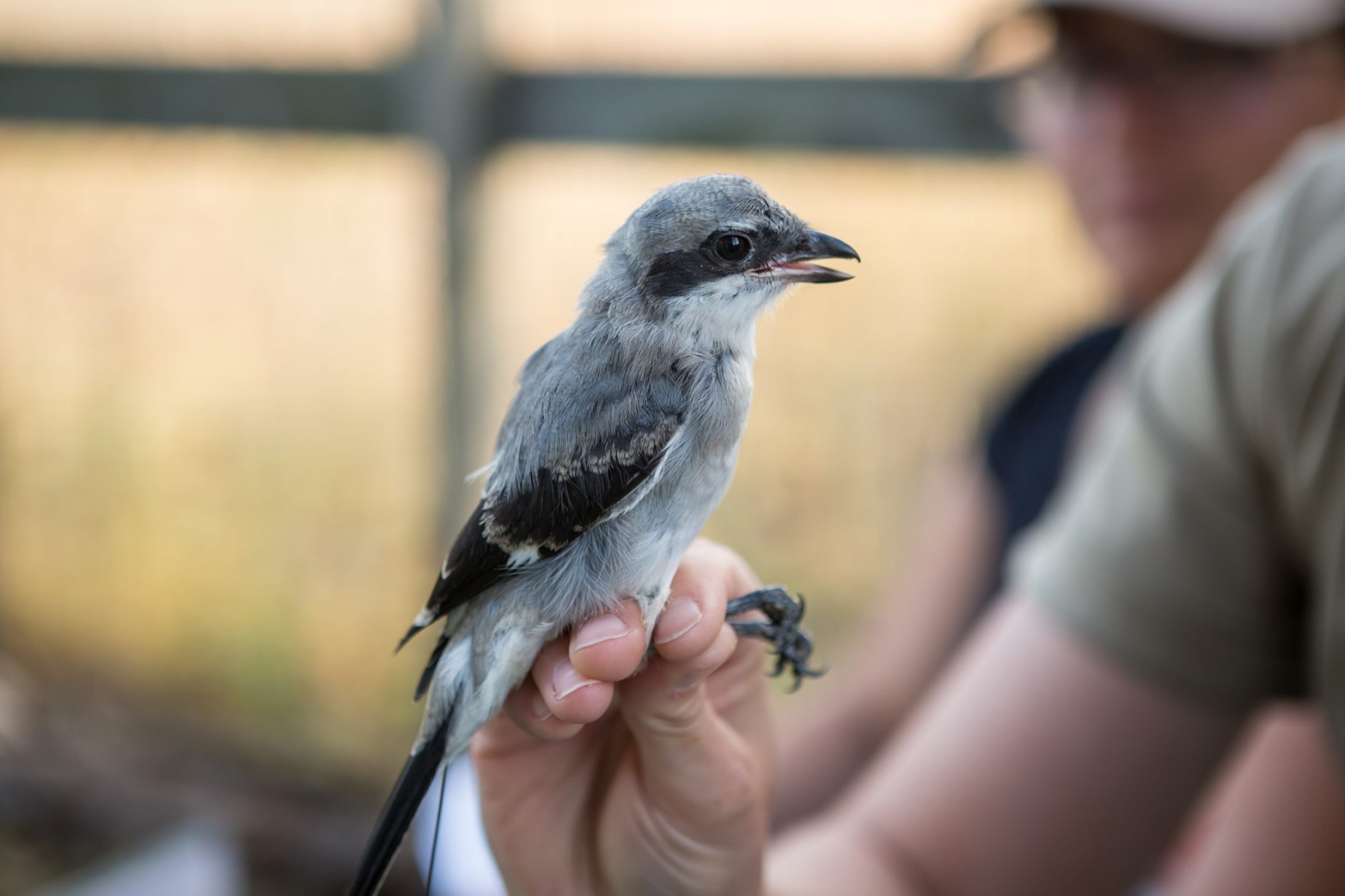To help the bird conservation community speak with a unified voice about common needs and themes, NABCI assembled the National Bird Conservation Priorities, which highlight 10 Priority Actions organized across 5 conservation themes. In 2019, NABCI’s All-Bird Bulletin Blog will highlight projects and programs that work to achieve one or more of these Priority Actions. Today’s blog highlights an initiative that aligns with an Engagement and Partnerships Priority Action: Work with municipalities, corporations, and homeowners to support habitats for birds.
What do you think of when you go to a zoo or aquarium accredited by the Association of Zoos and Aquariums (AZA)? A fun day out with friends or family? A place to see exotic wildlife? What about conservation centers that can make a real difference in the survival of migratory songbirds?
Over 183 million people visit AZA zoos and aquariums annually. These institutions educate guests about threats to wildlife at home and abroad and offer real solutions for conserving migratory songbirds right here in North America. The nation’s AZA zoos and aquariums reach broad and diverse audiences that may not already be familiar with bird biology and conservation.
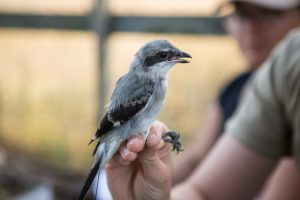
The loggerhead shrike is one of the many wildlife species that has benefited from research and conservation by AZA zoos and aquariums. Photo courtesy of The Nature Conservancy of Canada.
They encourage and guide consumer actions such as purchasing bird-friendly coffee to preserve neotropical bird wintering grounds, selecting grass-fed beef to help save grassland birds, keeping cats indoors to prevent predation of songbirds, and purchasing certified sustainable paper products to help preserve the nesting grounds of boreal forest songbirds.
Others reduce their evening lighting during peak migratory seasons. Many are using bird-friendly window treatments. Many zoos celebrate World Migratory Bird Day annually. Zoos are also involved in Urban Bird Treaty activities in cities such as Detroit, Chicago, and Baltimore.
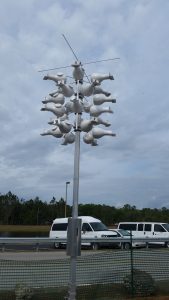
AZA facilities play an important role in species conservation. For example, Disney’s Animal Kingdom is working on a behavior monitoring system for nesting Purple Martins. Photo courtesy of Mike Kreger.
To demonstrate how AZA zoos and aquariums are involved in North American songbird conservation, here are a few examples from the past few months:
- Saint Louis Zoo became a member of the St. Louis Cats and Birds Coalition. It is working with St. Louis Audubon on an education campaign to keep cats indoors.
- Akron Zoo is on the steering committee of Lights Out Cleveland, which promotes Lights Out for several Ohio metropolitan areas.
- Columbus Zoo worked with the NABCI’s Social Science coordinator, Ashley Gramza, to design a visitor survey that will help the zoo promote the new NABCI bird conservation priorities in a way that will resonate with the visitors.
- Brevard Zoo constructed a “catio,” an enclosure for pet cats that gives them access to the outdoors while preventing them from accessing wild birds. It’s a popular and educational exhibit.
- Toronto Zoo, Columbus Zoo, The Wilds, Riverbanks Zoo, and Zoo Miami installed Motus towers to track migratory behavior. Motus towers are stationary receivers that detect signals from radiotransmitters attached to migratory birds, bats, and even insects. They joined the Bird Studies Canada international Motus network and helped expand it across flyways. Other zoos are in the process of participating.
- Disney’s Animal Kingdom is developing a behavior monitoring system for nesting Purple Martins.
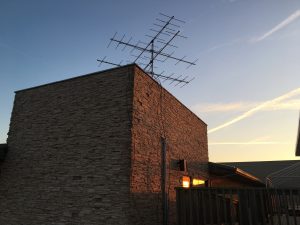
This Motus tower is one of several installed at AZA facilities around the country. These towers track migrating birds with radiotransmitters. Photo courtesy of The Wilds.
AZA zoos and aquariums offer specialized expertise and skills to aid in the recovery of threatened and endangered songbird populations. For example, AZA zoos play a key role in breeding, studying, genetically managing, and reintroducing songbirds such as Loggerhead Shrike and Florida Grasshopper Sparrow. Some AZA zoos are participating in a North American songbird initiative led by the Conservation Centers for Species Survival, which seeks to grow connectivity between zoo and field populations of songbirds through a One Plan Approach.
North American songbirds have been also highlighted in research, some of which is directly applicable to wild bird conservation. For example, the Smithsonian National Zoo’s Wood Thrush colony helped researchers understand the importance of food availability on the non-breeding grounds to breeding success. By establishing native songbird populations in managed care and working to understand the needs of migratory birds, AZA zoos and aquariums are able to offer assistance to populations in decline. These populations can assist avian researchers by providing models for rare species, understanding avian health, life history, and testing potential field methods.
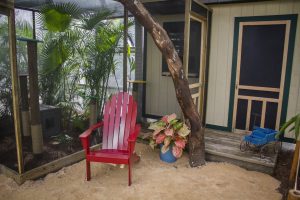
The “catio” at the Brevard Zoo showcases how cats can access the outdoors without access to wild birds. Photo courtesy of the Brevard Zoo.
Saving North American songbirds requires the skills of citizens, scientists, policymakers, and many organizations. The AZA zoos and aquariums of North America stand ready to work with partners for the good of these species.

